The retreat of glaciers on the edges of Greenland leaves the island protruding like an unsprung mattress.
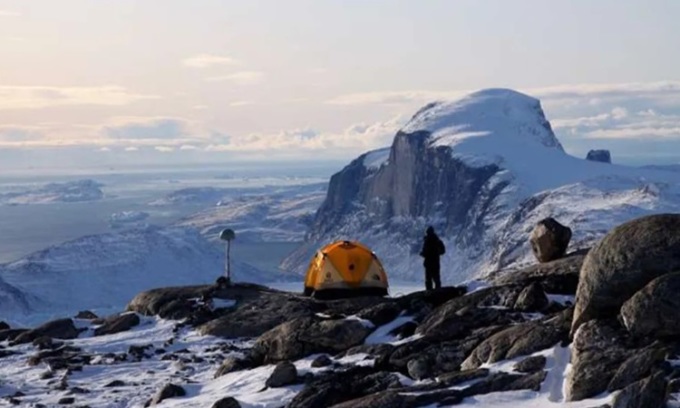
Greenland has 61 GPS-based stations that can measure the rise as the ice cap melts and releases pressure above the bedrock. Photo: DTU Space
Greenland’s rise has been a long process. Since the end of the last Ice Age about 11,700 years ago, the shrinking ice shelf has relieved some of the weight on Greenland, allowing the island’s bedrock to rise in a process called glacial isostatic rebound, Live Science reported on Feb. 8.
In this long-term process, Greenland is now losing ice due to modern climate change. The Greenland ice shelf is losing 262 billion tons of ice per year. Greenland’s peripheral glaciers, the glaciers that are located in coastal areas and flow into the ocean, are losing about 42 billion tons of ice, according to a 2022 study.
The study, published on January 13 in the journal Geophysical Research Letters, found that this ice loss is a major contributor to the uplift of Greenland’s bedrock. In some areas, glacier ice loss is responsible for nearly a third of the total vertical ground movement. “The maximum ground uplift occurs where the most ice is lost, and closest to the largest glaciers in Greenland,” said Danjal Longfors Berg, a PhD student at the Technical University of Denmark.
Berg and his team used data from 58 GPS trackers drilled into bedrock around Greenland to measure vertical movement since 2007. They then determined how much of this movement was due to current and recent ice loss.
The results showed that glacier ice loss was responsible for most of Greenland's uplift, accounting for 32% and 27.9% of the total uplift in the island's northern and eastern drainage basins, respectively. The rate of uplift was greatest near Kangerlussuaq Glacier in southeastern Greenland, where the ground rose about 8 mm per year. That glacier has retreated 10 km since 1900 and thinned by hundreds of metres near its terminus.
Understanding the rise of Greenland’s bedrock is one way to help measure ice loss in the region. Other ways to quantify the retreat of the Greenland ice sheet include altimetry and gravity measurements. Combined with vertical ground motion, these techniques can provide a more accurate measure of ice loss.
An Khang (According to Live Science )
Source link



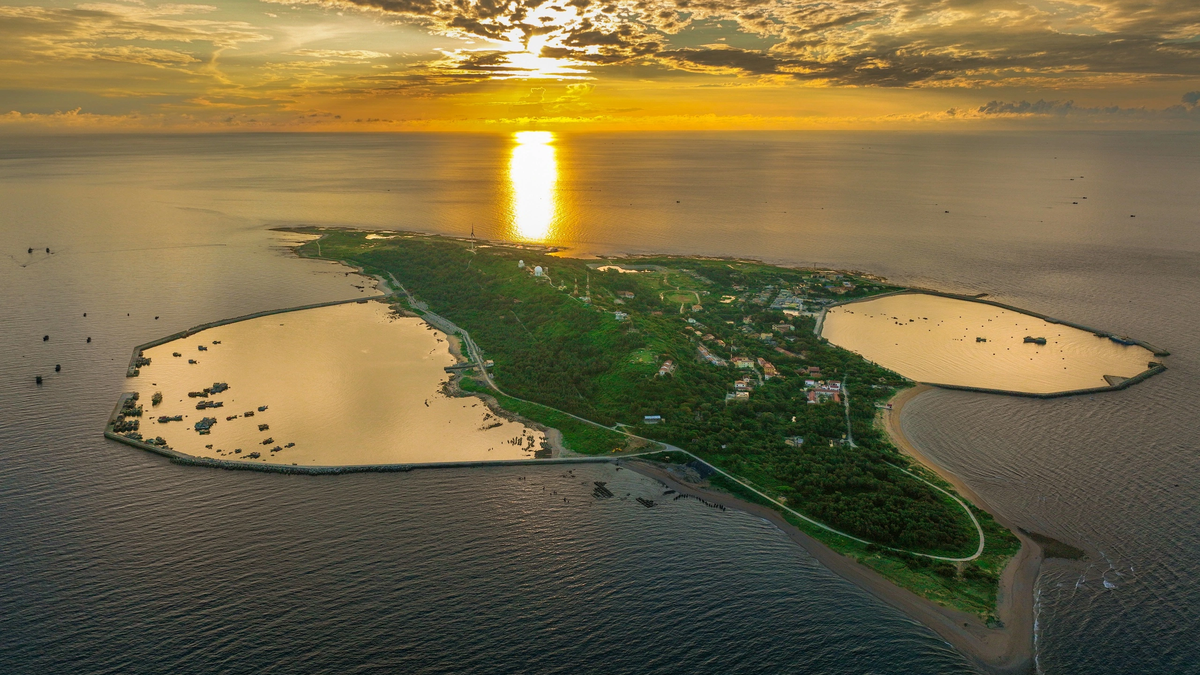




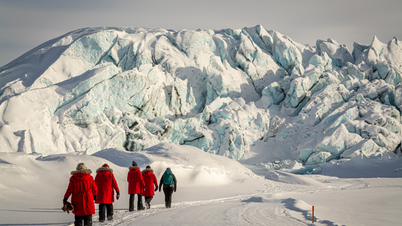




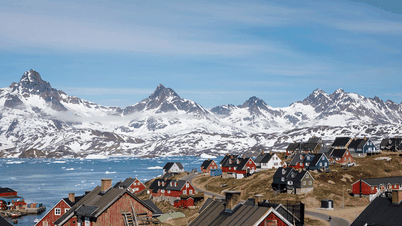


















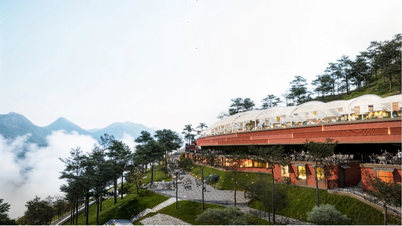
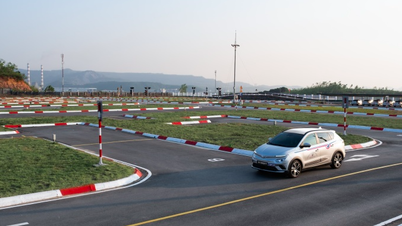





























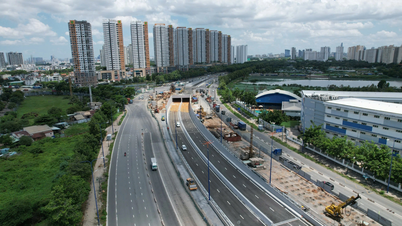


















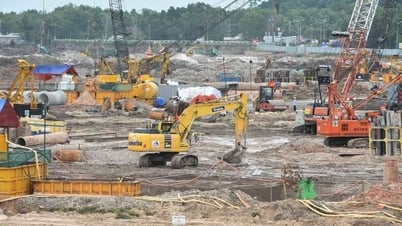





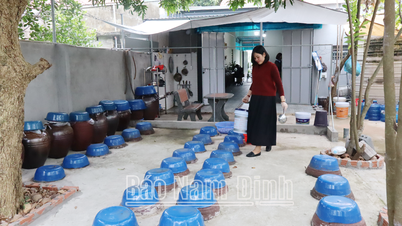











Comment (0)